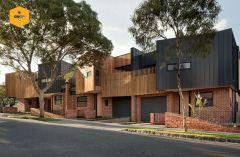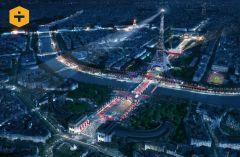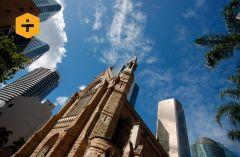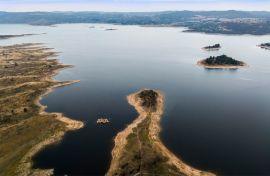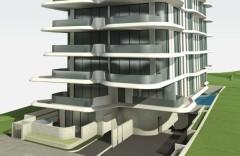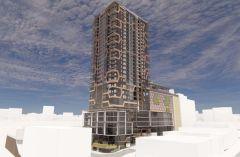National director of Colliers David Hall said the price of industrial land had increased significantly while land supply dwindled.
Hall said in 2014 land prices were about $315 per sq m, which had increased to more than $1000 per sq m this year for properties greater than 5000 square metres.
“Fundamentally industrial as an asset class the value is underpinned by the land … we’ve got land supply issues for industrial development,” Hall said.
“In Sydney there’s no more land once we get through the land near the airport … this will always be an issue for investors.
“Australia still lags behind what [capitalisation] rates and yields are around the world.”
JLL’s Annabel McFarlane said global figures indicated there was still “room for further yield compression” as the trend of e-commerce continues its accelerated growth, driving demand for increased industrial space.
McFarlane said the second quarter of 2021 had delivered a record amount of commencement rates on new industrial developments with 808,000 sq m across 33 projects.
“About 50 per cent is already pre-committed which goes to the incredibly strong demand we have,” she said.
“We think that by and large that most of this stock will be absorbed by the practical completion … which poses a risk to secondary assets with that flight to quality.”
On average about 83 per cent of speculative industrial development is tenanted at practical completion and McFarlane said she anticipated that this would continue despite the large volume of space that would come online.
“Industrial is the only sector to benefit from the pandemic,” she said.
“The transaction volumes that we’ve seen across markets has been huge.”

